Last Updated on November 26, 2023 by Cathy
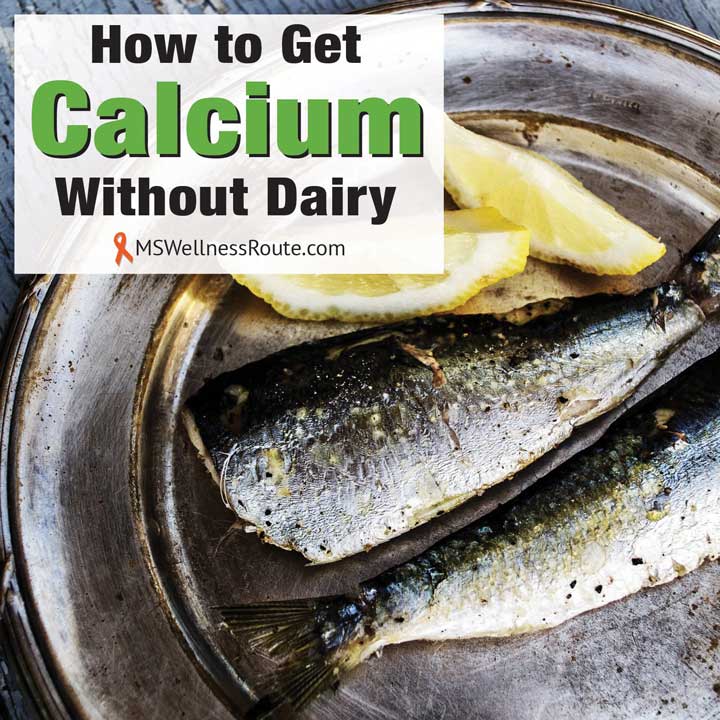
Calcium is a mineral that keeps our bones strong, improves heart function, and contracts muscles. It’s important to eat a diet rich in calcium for your body to thrive. Dairy is a good source of calcium, but when you’re avoiding dairy, you can still get plenty of calcium.
Bone is living tissue, your body is constantly rebuilding and growing new tissue. They consist of collagen and calcium which makes them strong and flexible. As the old bone dissolves or breaks down it’s replaced with new bone. However, when old bone breaks down faster than new bone can replace it, osteoporosis sets in.
Osteoporosis
Osteoporosis is a disease that causes bones to become weak and brittle. As the bone density becomes porous and fragile the greater the risk of fractures. Osteoporosis is generally thought to be a disease for older women. However, men and young “healthy” people can also get osteoporosis. Multiple sclerosis (MS) can cause decreased mobility putting a person at a higher risk.
Risks of osteoporosis:
- Age
- Genetic
- Gender (female)
- Lifestyle factors (e.g. smoking, stress)
- Nutritional deficiencies
- Poor diet
- Some medications
When I first changed my diet and avoided dairy I often wondered: How am I going to get enough calcium? Osteoporosis runs in my family so not getting enough calcium was a big concern of mine.
Multiple Sclerosis
Having multiple sclerosis (MS) puts a person at a higher risk for osteoporosis. A study of 9,029 patients found 27.2% had a low bone mass. People with mobility issues or astronauts (from zero gravity) have more bone loss. Corticosteroids are frequently used during an MS flare. Unfortunately, it increases an MS patient’s risk of osteoporosis. Even low doses of prednisone can increase bone loss and vertebral fractures.
Vitamin D deficiency is also associated with MS and osteoporosis. Low vitamin D contributes to the malabsorption of calcium. Vitamin D is actually a hormone our skin absorbs from the sun, it acts as an anti-inflammatory. It is important to get your vitamin D tested. Conventional doctors see anything above 30 ng/mL as “normal” but it should be between 60-80 ng/mL. To learn more read – Multiple Sclerosis and Vitamin D.
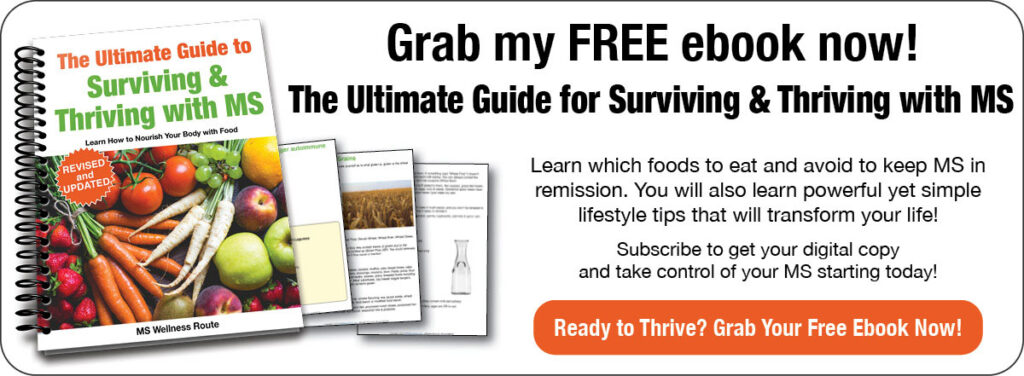
Conventional Medicine
Conventional medicine recommends using medications to increase bone density. While this is a personal choice you need to understand how they work.
Osteoporosis medications work by altering the bone function of new bone to old bone. It makes bones thicker but not necessarily better. As it adds more bone density the medications aren’t allowing enough time for the old bone to disappear. In other words, the new bone is built on top of the old fragile bone.
Plus, these medications come with terrible side effects. Including joint or muscle pain, heart fibrillation, and cancer. If you’ve been taking one of these medications for years you need to stick with them for the rest of your life. If you stop it will increase your risk for bone fractures compared to those who continued.
These medications also interfere with calcium absorption. You could become more calcium deficient than before you started taking these medications.
Although a bone density scan may appear the bones are getting better it’s the quality that matters. If you were to put new concrete around a crumbling foundation, the foundation would still be weak. No one wants to live in a house that could collapse at any moment.
Calcium
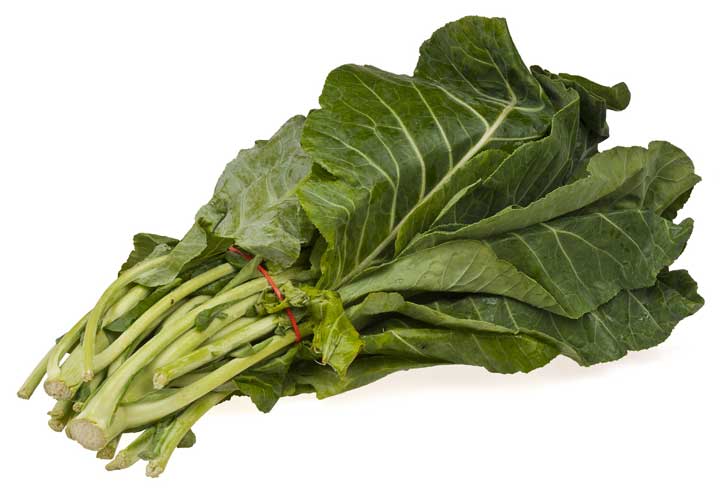
The dairy association wants you to believe the only way to get calcium is through milk products. This is not true. Yes, they have a great campaign agency. But, did you know 3 ounces of sardines (canned in oil with bones) have more calcium than 8 ounces of cow’s milk?
There are many foods rich in calcium that don’t include dairy such as:
- Acorn squash
- Collard greens
- Broccoli
- Kale
- Bok choy
- Figs, dried
- Oranges
- Papaya
- Pink salmon, canned (BPA free) with bones
- Sardines, canned (BPA free) in oil with bones
- Turnip greens
Omega-3 and Omega-6
Micronutrients are vitamins, minerals, amino acids, and essential fatty acids. Essential fatty acids are in foods that have fat such as meat. The typical Western diet is much higher in omega-6 than omega-3, up to 25% higher. Both omega-3 and omega-6 fatty acids are necessary. But, omega-6 is more pro-inflammatory meaning it increases inflammation. A diet high in omega-6 reduces your body’s ability to build new bone mass.
What should I eat?
Buy local and organic whenever possible to avoid GMOs and pesticides. Plus, you will increase micronutrient content. This not only includes produce but also meats. Grass-fed beef produces higher amounts of calcium, magnesium, and potassium. Plus, grass-fed cows have a healthy ratio of omega-3 to omega-6.
Even if you are following an anti-inflammatory diet, it is very easy to eat more omega-6s than omega-3s. Pay attention to what you eat every day for one week to see if you fall into this category.
Healthy foods high in omega-6:
- Almonds
- Avocado oil
- Cashews
- Hazelnuts
- Hemp seeds
- Sunflower seeds
- Walnuts
- Exercise
Jogging may not be possible but there are some light exercises that improve bone health. Such as walking, swimming, yoga, or tai chi, are great options for people with MS. Another good option is using an online gym for MS such as OptimalBody Personal Fitness. This is the exercise program I use for strength and mobility.
Stay Positive
It is possible to get enough calcium without dairy in your diet. Remember, your MS didn’t happen overnight so your healing can take time. The central nervous system is one of the slowest systems in the body to heal.
Stay positive and don’t get frustrated if you don’t see immediate results. It all depends on how long you’ve had MS and how severe your symptoms are. Your first goal is to stop or slow the progression of MS. Keep track of your symptoms each month. You will probably notice that you have more energy, less brain fog, and clearer skin. These are all signs that you are absorbing nutrients and your body is healing.
You can do this!
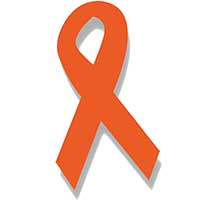
Free Wellness Library!
Subscribe for free and I’ll send you the password to my secret library filled with many printables for your wellness journey.
Want to remember this health tip? Pin it to your favorite Pinterest board!
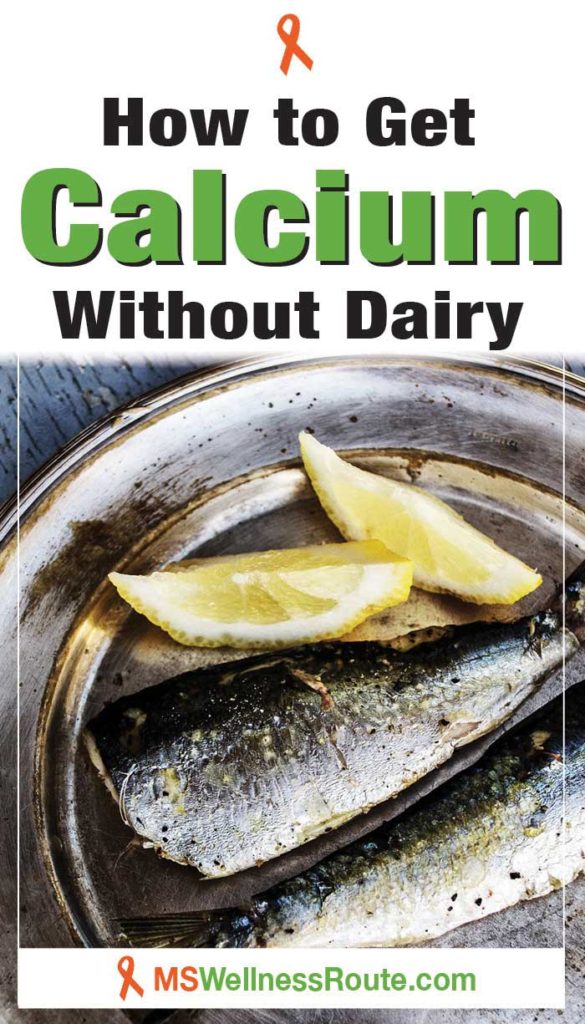
How to get enough calcium without dairy
Resources:
https://www.ncbi.nlm.nih.gov/pmc/articles/PMC6434678/
https://pubmed.ncbi.nlm.nih.gov/10927613/
https://www.nof.org/patients/treatment/calciumvitamin-d/a-guide-to-calcium-rich-foods/
https://www.mayoclinic.org/boost-your-calcium-levels-without-dairy-yes-you-can/art-20390085





